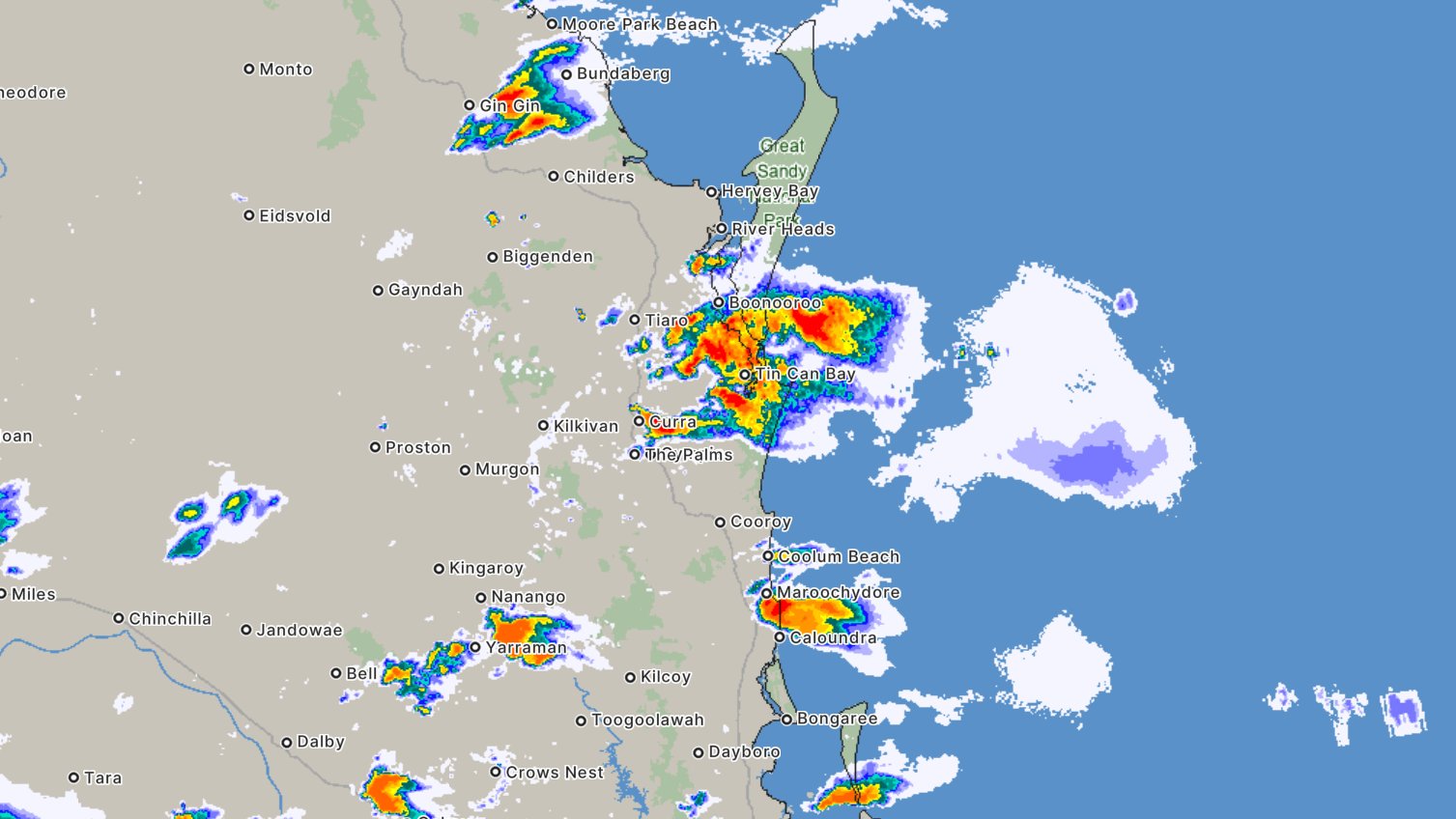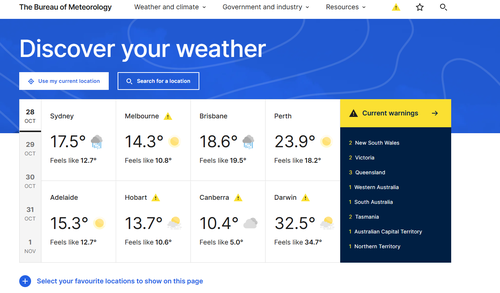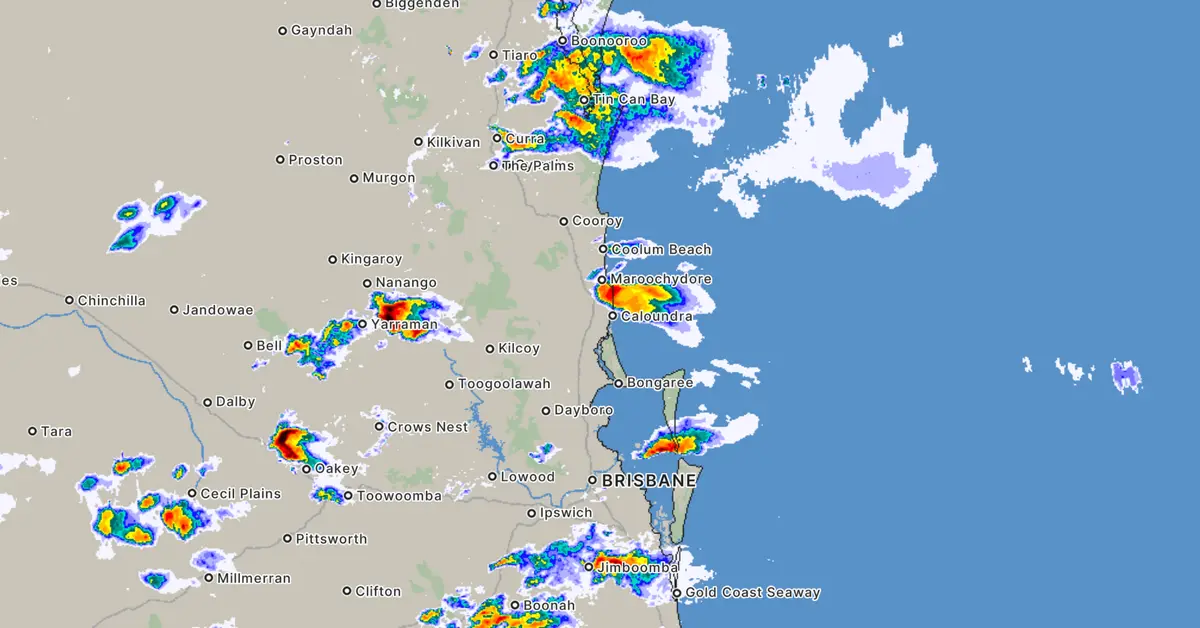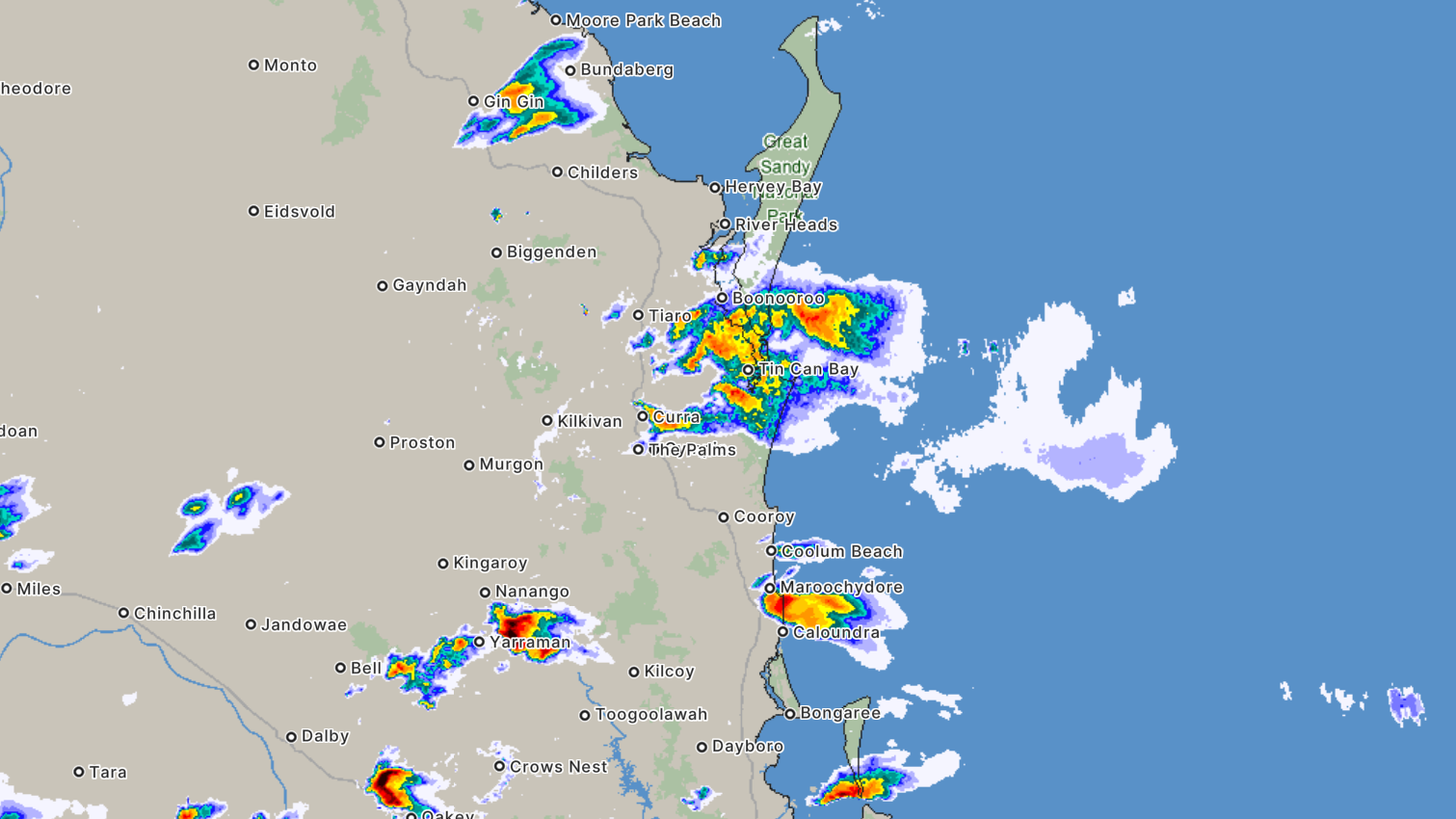The Bureau of Meteorology has backflipped on one of the more contentious elements of its controversial new $4.1 million website, announcing it will revert the default display for its rain radar.
The BoM’s new “rain rate” radar (left) and the older “rain reflectivity” (right):

After previously pledging to take that feedback on board and tweak the new design, acting chief executive Peter Stone announced this afternoon that the BoM has changed the default display of its new-look radar, which has been a particular target of public displeasure.
Instead of showing the “rain rate” in millimetres per hour, the radar will now go back to showing “rain reflectivity”, which was what was standard on the old website.
“We’ve listened to your feedback, and have restored the previous radar colour scheme,” Stone said.
“We will continue to assess options for further updates and improvements at the same time as pushing on with our efforts to help the community become more familiar with the new website.”

He added that further adjustments would be rolled out soon.
“More changes are in the pipeline,” Stone said.
The change to the radar went live this morning, although users can choose to change the view to rain rate if they prefer.
“I made clear my expectations that the BOM needed to consider this feedback and, where appropriate, adjust the website’s settings as soon as possible,” the environment minister said in a statement.

“This includes urgent consideration of improvements to the website’s functionality and usability…
“Australians deserve to have confidence in these important services.”
New websites often face criticism from users who are used to the previous layout, and matters were complicated for the BoM by the fact its relaunch went live on October 22, days before severe storms hit Brisbane.
On Wednesday, Scott insisted the new site was “specifically designed to enhance access to public safety information”.
“The Bureau’s forecasts and warnings are now more prominent, easily accessible and relevant to your location,” he added.
However, he also acknowledged the public criticism and apologised for the challenges some users had faced.
“It’s clear we need to do more to help people through the change, both by making adjustments to the website and by helping users to understand its new features,” Stone said.



